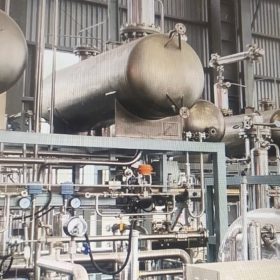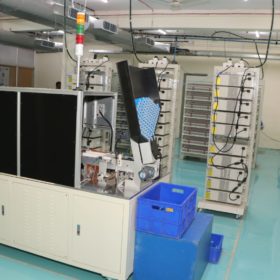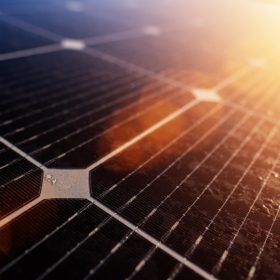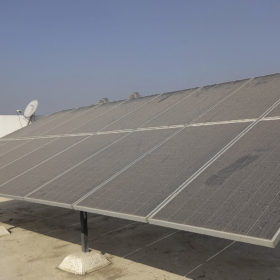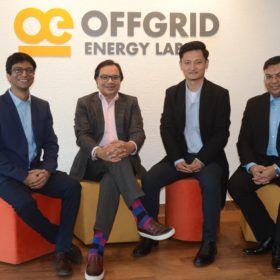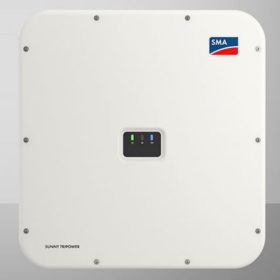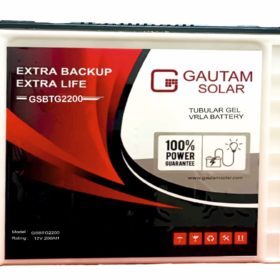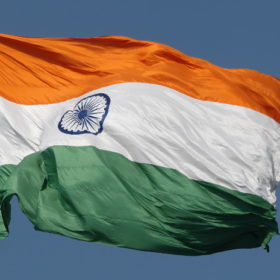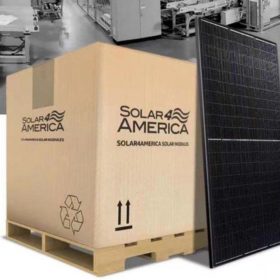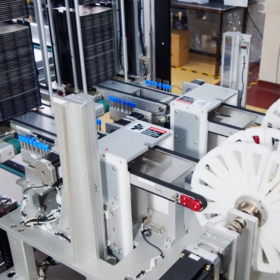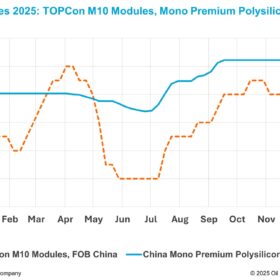Greenko partners Belgium’s John Cockerill to build India’s largest hydrogen electrolyser factory
Indian renewable energy developer Greenko Group has partnered with Belgium’s John Cockerill to develop a green hydrogen electrolyzer factory with a capacity of 2GW per annum. The partnership will also see the two companies jointly develop large-scale green hydrogen projects in India.
ITP Group opens 100MWh lithium battery factory
Based in Gurugram, the plant will produce customized lithium battery packs for electric vehicles and stationary energy storage applications, including solar. The production capacity will be scaled up to 200MWh/annum by December end.
Photovoltaic cell harvests energy day and night
Stanford researchers develop a device that harvests energy from the temperature difference between the PV cell and the air.
The long read: Avoiding PV performance killers
GIZ, Germany’s development agency, has partnered with India‘s Ministry of New and Renewable Energy to follow up on its successful “kW-to-kWh” study, which has become a quality benchmark for MNRE’s projects in India. PI Berlin acted as lead consultant on the project, and Asier Ukar, senior consultant and managing director of PI Berlin S.L., shares some of the key conclusions.
Offgrid Energy Labs unveils ZincGel battery technology for stationary and low-powered mobility applications
The IIT Kanpur-incubated startup has introduced ZincGel battery technology that offers energy efficiency at par with lithium-ion products but with twice the lifecycle and negligible operational cost, which can lead to significant savings for two-wheeler EV operators.
Tractor-mounted, hydraulic panel cleaning arm for solar farms
Tamil Nadu based Next Automation has come up with a tractor-mounted hydraulically operated arm as a fast, accurate, cost-effective, and water-efficient cleaning solution for panels in solar farms.
SMA unveils new inverter for residential, commercial PV
SMA is offering a new line of four inverters with power ratings of 12kW, 15kW, 20kW and 25kW, for use in rooftop PV systems up to 135kW in size. It claims the inverters provide grid-compliant power control of entire systems and enable over-dimensioning of PV arrays by up to 150%.
Gautam Solar releases gel battery solution for solar storage
India’s Gautam Solar says its gel batteries provide a safer, cost-effective, and long-lasting alternative for the energy storage space.
India’s utility-scale PV capacity hit 41.7GW in December
India installed 41.7GW of cumulative utility-scale solar capacity as of Dec. 31, 2021. It has another 44.6GW in the pipeline.
SolarJuice Technology launches 450W, 550W modules for commercial PV
SolarJuice Technology manufactures its new 450W and 550W solar modules in a facility at a revamped Sunergy PV solar plant in Sacramento, California.
